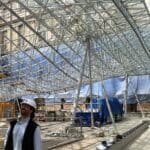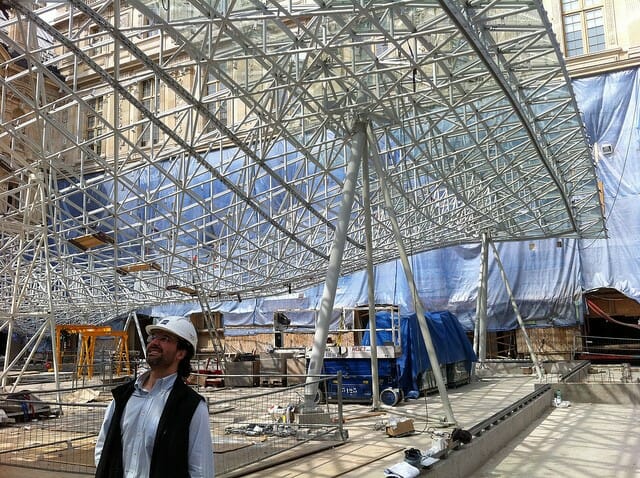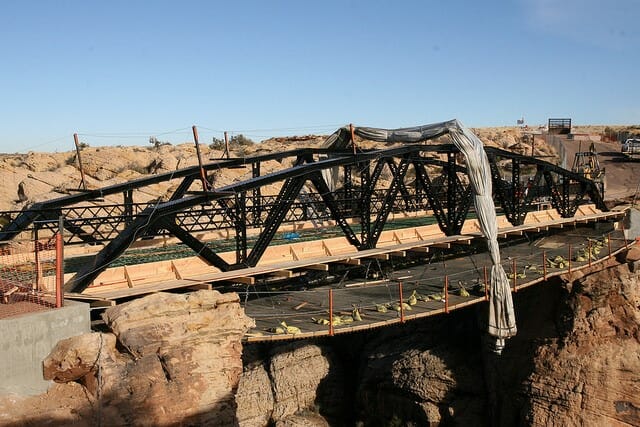
Lightweight Construction Materials: The Uses and Challenges
Just because a material is light doesn’t mean it’s not sturdy. That’s the sentiment behind lightweight construction materials, an industry movement that’s changing the way some structures are designed and built.
Types of Lightweight Construction Materials
Researchers have tested lightweight materials that are composed of sand, cement, and even the fiber of waste from young coconut and durian for strength and bulk density. Their studies have shown that these materials are good for the construction of walls and roofs, thereby saving energy and reducing waste from the fruit industry.

3D technology offers engineers some new options for lightweight materials as well. Researchers at the Karlsruhe Institute of Technology in Germany used 3D laser lithography and laser beams to harden microstructures in a photoresist. Materials designed in this way show promise in creating insulation for building construction.
“The novel lightweight construction materials resemble the framework structure of a half-timbered house with horizontal, vertical, and diagonal struts,” said study co-author Jens Bauer. “Our beams, however, are only 10 µm in size.”
The Inspiration
Engineers are often inspired by nature, medicine, and everyday life when developing new ideas and innovations for the construction industry. The Karlsruhe Institute of Technology researchers, for example, developed these lightweight materials after being inspired by bones and bees. Human bones have a framework structure and bees’ honeycombs have a shell structure that is durable, yet lightweight enough to facilitate movement.

These lightweight construction materials have a lower density than water; however, their strength-to weight ratio is higher than that of aluminum or steel. Structures with open pores have proven effective in carrying non-massive loads.
The Challenges
However, lightweight construction materials haven’t emerged without their fair share of critics and skeptics. One of the biggest challenges engineers face when using these materials is fire resistance.
These concerns recently came to light in northern New Jersey when a fire destroyed a large apartment complex that was built with lightweight wood. Officials at the scene said that the fire was worsened because of the open truss-style roof and engineered wood designed to be lightweight.
“The horse is out of the barn on lightweight construction; it’s the state of the art in building today,” said John Wisniewski, chair of New Jersey’s Fire Safety Commission. “It would be impossible to mandate construction with non-lightweight material at this point in time. But we have the necessary augmentation to lightweight construction, and that is sprinkler systems.”
But it’s important to understand that “lightweight construction” is a loosely defined term and is not even officially defined by the International Building Code. There are many different ways to engineer materials to be lightweight, and some pose more risks than others. Researchers may be on the right track with 3D model testing, but clearly more studies are needed to make lightweight buildings more safe and efficient than ones built with traditional materials.
Learn what construction technology leaders say about 4D BIM
Photo credit: Hugh Dutton Associés & Arizona Dept. of Transportation via Flickr



